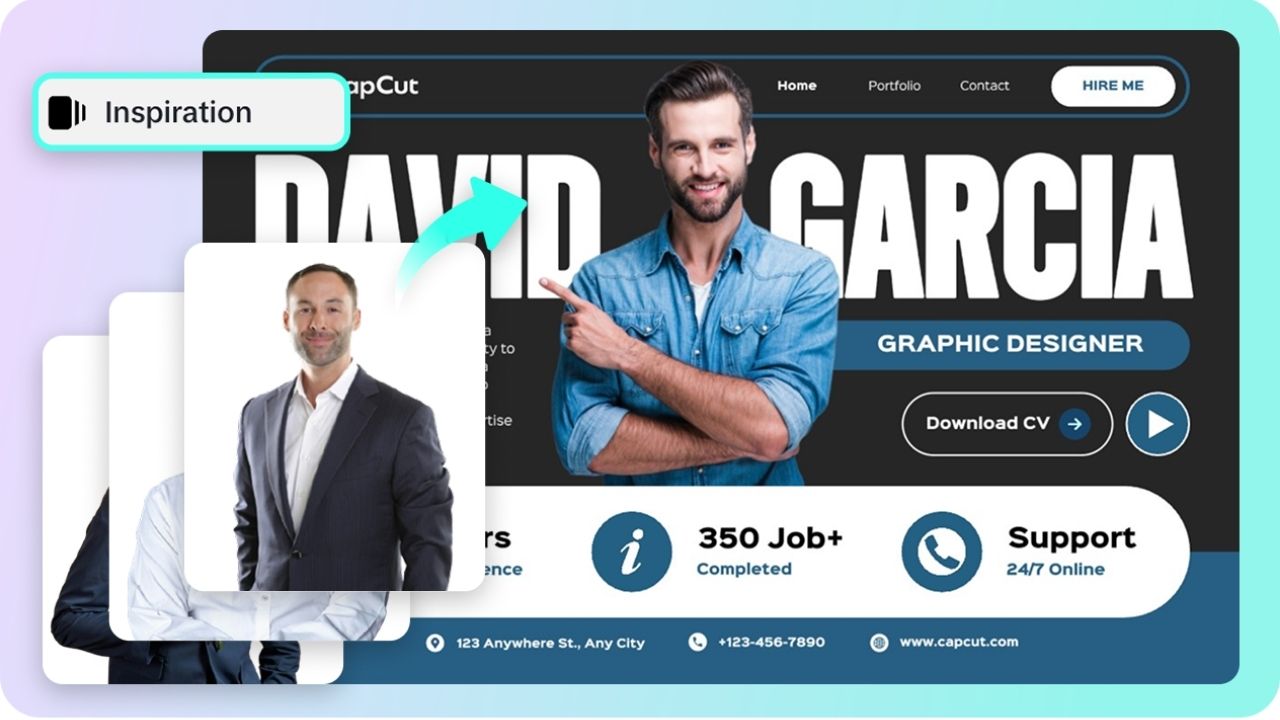A portfolio does not simply represent a compilation of work. It is a means of displaying skills, style, and personality at the same destination. When accomplished, it assists the individuals in making out what makes an individual, or a company, unique. When a portfolio is personalized to suit a brand, it is easier to remember and more professional. Using applications, such as Pippit’s portfolio maker, it is now more imaginative and convenient than ever to develop a bespoke portfolio.
Understanding Brand Identity
Before coming up with any alteration to the design of a portfolio, it is important to understand what a brand is all about. A brand identity is composed of certain colors, fonts, and styles that represent values and personality. An example would be that a fun and creative brand may use playful fonts and bright colors. Conversely, a brand that cherishes professionalism could be simple colors and a clean and contemporary design. This is important in dictating the decisions made when designing a portfolio.
Choosing the Right Colors
Colors are very influential to the feel of a portfolio. Each color can send a message. Blue may convey a sense of trust and calm, whereas red may be bold and exciting. Gray or beige color would give it a very simple, professional appearance. Colors that will suit the brand identity will ensure that the portfolio looks like one. Online design tools (such as Pippit) allow it to be easy to experiment with the color schemes and determine which one will fit the brand best.
Selecting Fonts That Fit
Fonts also play a big role in branding. A handwritten appearance font can appear personal or artistic. A sharp, modern font can feel professional and serious. To enhance the reading ability and improve the look of the portfolio, mixing two fonts together, like one font used on the titles and the other on text, can be done. The point is to select the fonts that will remind of the brand style but do not complicate the portfolio and make it unreadable.
Adding Personal Elements
A portfolio becomes stronger when it includes personal touches. It can be achieved by including a logo, signature, or some special graphics representing the brand. Even the shape of the borders or the textures in the background can be truly outstanding in the design. To illustrate, paper, cloth, or metal may be used as textures to give the portfolio a realistic and creative appearance. Such elements can be added very fast using tools such as Pippit, and this makes the portfolio appear to have been professionally designed without having to engage complex design skills.
Keeping Consistency
The key aspect of personalizing a portfolio is ensuring that each aspect is a match. The colors, fonts, images, and layouts must be combined rather than appear random. A uniform layout is detailed and makes the portfolio less complex. The formatting employed on each page must be applied to all pages, both online and offline. This makes the brand feel more trustworthy and professional.
Conclusion
Personalizing a portfolio is about more than just design. It deals with coming up with proper and consistent communication that resonates with the values and style of a brand. Picking out colors and fonts, texture, as well as adding personal touches, can help make a portfolio both unique and memorable. The tools, such as Pippit, facilitate the process and provide an opportunity to test various designs and help a brand achieve its identity. A good portfolio not only presents work, but it also gives a story about the brand behind the work.

